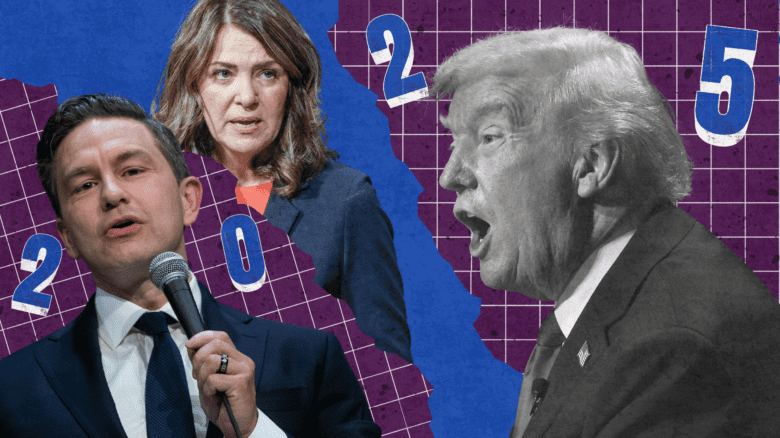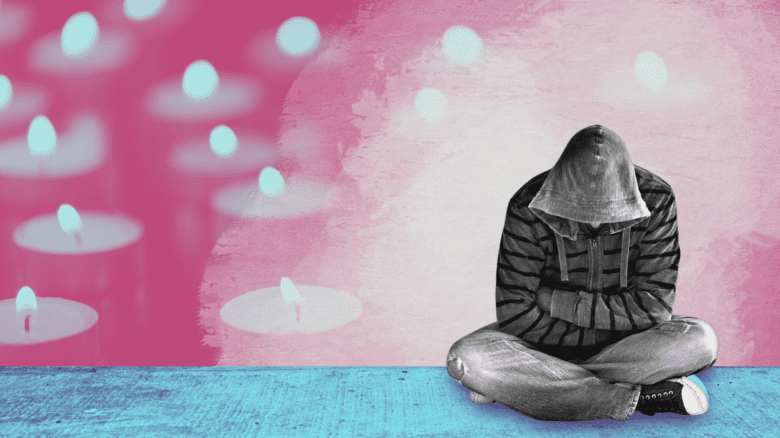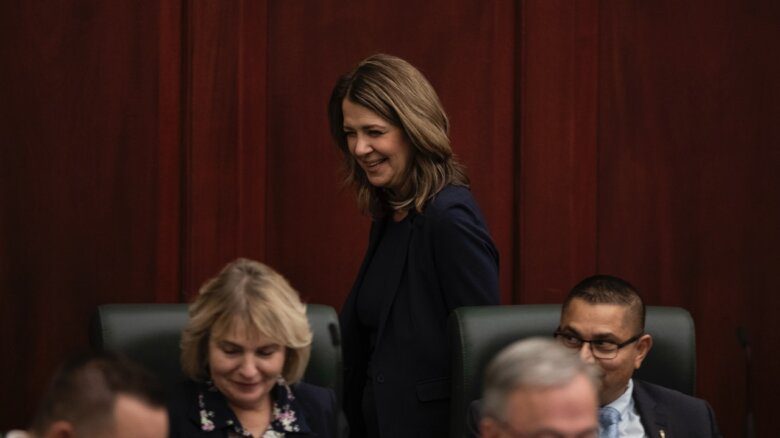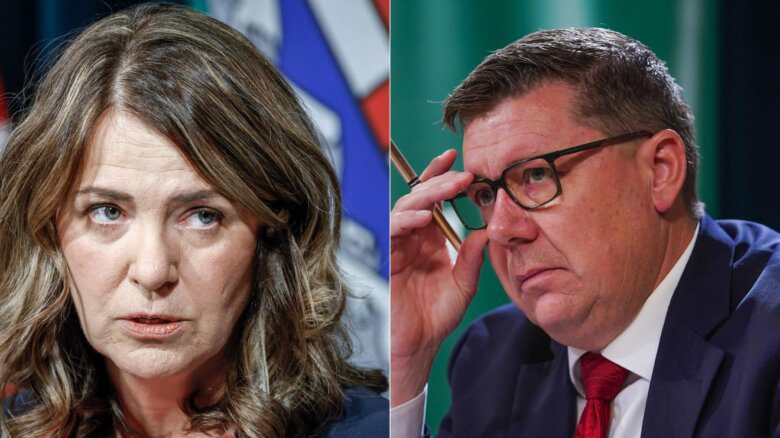Every time Mahshar leaves the apartment he shares with his boyfriend in Kabul, it feels like he’s risking his life. The 20-year-old gay man and his partner go everywhere on foot, avoiding cars so they can more easily dodge frequent Taliban checkpoints.
Afghanistan has become increasingly unstable and dangerous, especially for women and sexual minorities, since the Taliban took control in August 2021 after the U.S. military withdrew from the country.
Mahshar says he was detained for three hours recently by Taliban fighters who demanded to know why he didn’t have a beard, and why he was wearing pants, a shirt and running shoes—“foreigner clothes,” they told him. They asked for his ID card, but let him go after he said he had forgotten it at home.
“Our families don’t accept us. Our people don’t accept us.… We are also human beings,” he tells Xtra. “I hope one day I can get out of this hell. Otherwise, I prefer to die.”
For Mahshar’s security, Xtra is only identifying him by his nickname.
One of his friends disappeared three months ago, he says. The friend was talking with someone who said they could help queer Afghans escape the country, Mahshar says. But it was a trap. The friend went missing after going to meet the person who had offered help.
After his friend disappeared, Mahshar and some of his friends started getting messages from the man’s phone. “We knew that he is under pressure,” he says. He believes the Taliban arrested him and was using the friend to try to ensnare them as well.
Mahshar left the messages unanswered. He and his friends moved and changed their phone numbers. “We hide ourselves. It’s very hard for us, but we have no solution and nothing to do,” he says.
He doesn’t know if the friend is still alive.
After the Taliban took over Kabul last year, Mahshar fled to the relative safety of Tehran, Iran. The journey was terrible, he says; it took three days by bus, but he felt a bit more relaxed after crossing the border.
Yet, after three months, he ran out of money and had to come home. Mahshar requested asylum in Canada through the LGBTQ+ refugee organization Rainbow Railroad in September 2021, but Canada’s refugee policy offers him little hope—without leaving Afghanistan again, there’s no pathway for him to reach safety here.
The Canadian government promised last year to bring 40,000 Afghans here. Almost 10 months after Kabul fell to the Taliban, just 14,645 have arrived—a third of the goal. Refugee advocates say the Canadian government isn’t moving fast enough to help vulnerable Afghans, leaving them trapped by bureaucracy and with no way to get to safety.
That promise included a special asylum pathway for people particularly at risk under the new regime, including LGBTQ+ Afghans. But just under 8,000 Afghans have made it to Canada under the program so far.
“People are at risk, and we have the unique ability to help.”
Meanwhile, almost 130,000 Ukrainians have received Canadian visas since March 2022 under an accelerated program for people fleeing the Russian invasion, and almost 40,000 have already landed here.
Rainbow Railroad says Canada could bring more Afghans to safety faster by tweaking the asylum program to allow the organization to identify LGBTQ+ refugees and refer them directly for government-sponsored resettlement, something it’s not allowed to do under the current policy.
“People are at risk, and we have the unique ability to help,” says Rainbow Railroad executive director Kimahli Powell.
Rainbow Railroad has already identified 300 LGBTQ+ Afghans, inside and outside the country, who are ready to travel to Canada now and “are at high risk of experiencing immediate, life-threatening violence simply for being who they are.” But Powell says the organization has no way to get them here and needs the federal government to do more to help.
With a few exceptions, Afghan refugees have to be referred to Canada by the United Nations High Commissioner for Refugees (UNHCR), which identifies people who need to be resettled and sends their files to the Canadian government.
But the federal government also already has a partnership with two European organizations that can identify Afghan human rights defenders who need asylum and refer them to Canada. The government should replicate that system for LGBTQ+ asylum seekers, Powell says, something they’ve been asking the federal government to do since last year. Rainbow Railroad staff met with Immigration Minister Sean Fraser in April, but so far the government hasn’t agreed to a deal.
The organization recently launched a petition asking Canada to sign on to the plan.
“Why not work with organizations that have the expertise?” Powell asks. “It just makes sense.”
The organization is now in the final steps of bringing hundreds of LGBTQ+ Afghans to Canada, but the travel plans are being made through the U.S. government, not Canada.
Rainbow Railroad’s U.S.-based chapter will refer people to the American government, which will in turn pass them on to Canada under a refugee agreement the two countries signed last year. Powell says it would be easier if the Canadian government allowed them to skip that middle step and refer people directly to Canada.
In a statement, a spokesperson for Immigration, Refugees and Citizenship Canada (IRCC) wouldn’t say if Canada is considering Rainbow Railroad’s request. Julie Lafortune said the government relies on UNHCR, rather than non-governmental organizations like Rainbow Railroad, to identify LGBTQ+ refugees.
Lafortune said the government also encourages individuals to sponsor refugees through the Rainbow Refugee Assistance Partnership. That program supports refugees for their first year in Canada, with most of the cost borne by individual sponsors, not the government. That partnership provides spaces for 50 people per year, and has been expanded to include an additional 150 Afghans between 2022 and 2024.
Rainbow Railroad has received more than 4,000 requests for help from the region, Powell says.
They have been able to resettle 247 Afghans since last August: about 130 to Canada, 100 to the U.K. and 17 to Ireland. But apart from ad hoc arrangements like the in-progress Canada-U.S. deal, they primarily work by connecting individuals with private sponsors. That system is severely strained.
Jim Estill, an Ontario-based entrepreneur who has helped to resettle hundreds of refugees to Canada, reported in May that the system was barely moving, and that the federal government had allowed his organization to sponsor just 40 of the 300 refugees they could afford to help.
In April, the Anglican Diocese of British Columbia, which was in the process of resettling 70 refugee families, stopped accepting new applications, saying its volunteers and staff were burnt out and underfunded, and the federal government wasn’t providing enough support.
Even Afghans who have managed to make it out of the country are stuck in the backlog of more than 100,000 refugees around the world who are waiting for the Canadian government to process their paperwork.
“We are waiting every day for when we will leave,” says a 20-year-old man who has been in a refugee camp in Abu Dhabi, the United Arab Emirates, for seven months, waiting for Canada to approve his application.
He escaped Afghanistan and landed in Abu Dhabi on October 18, 2021, with a group of other LGBTQ+ Afghans. He asked to remain anonymous.
He’s out of immediate danger, but he says the waiting has been brutal, made worse by homophobic harassment from other people in the camp.
“We have a lot of problems because many in the camp understand that we are LGBTQ and we are very humiliated,” he says. “These problems are really increasing day by day.”
“For those who don’t have a way to leave Afghanistan, the situation is even more complex.”
He spends most of the time in his room with the door locked. “We are like prisoners in our room,” he tells Xtra. “Others go out, play sports and have fun with friends, but we, like prisoners, just look out the window.”
For those who don’t have a way to leave Afghanistan, the situation is even more complex.
On paper, people who haven’t left their home country aren’t considered refugees, which means that under Canada’s current policy, most Afghans—including those applying under the program for LGBTQ+ people—must leave the country to apply for asylum. For those without travel documents or who, like Mahshar, can’t afford to escape and wait in another country while their application is processed, the policy provides no way out.
“All doors [are] closed, and I myself can’t imagine what will happen,” Mahshar says.
That’s why Canada needs to create safe pathways to asylum for people who need to leave their home countries but can’t, Powell says.
The asylum program that includes LGBTQ+ Afghans was previously open to people still in Afghanistan, but the federal government changed the criteria without any announcement in October 2021. Refugee advocates and lawyers have been asking the government to reverse that change since last year.
Now, it’s open only to those who have documents and enough money to leave the country, or who are willing to risk a dangerous, often deadly journey to cross out of Afghanistan illegally.
“Time is of the essence,” Powell tells Xtra. The Canadian government has introduced new, effective programs to quickly move Ukrainians to safety. There’s no reason more can’t be done for LGBTQ+ asylum seekers, too, he says: “Now is the time to be more proactive.”
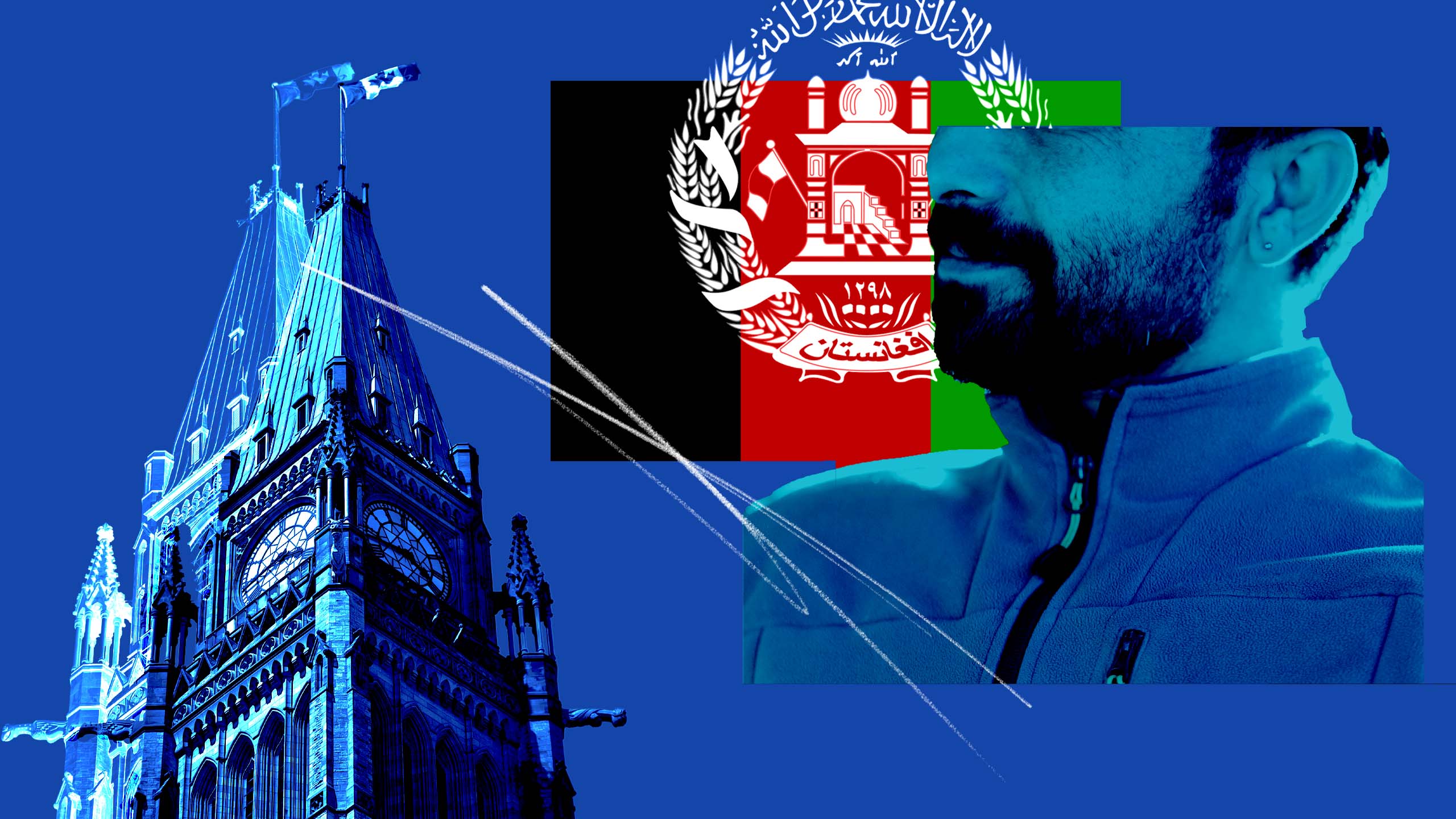

 Why you can trust Xtra
Why you can trust Xtra